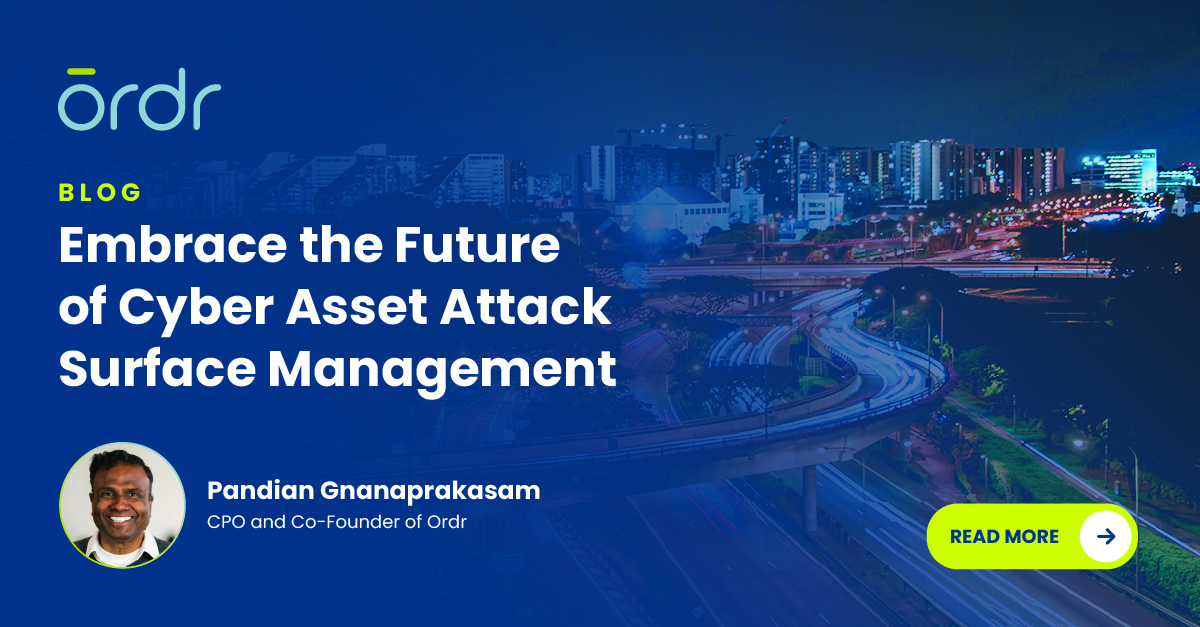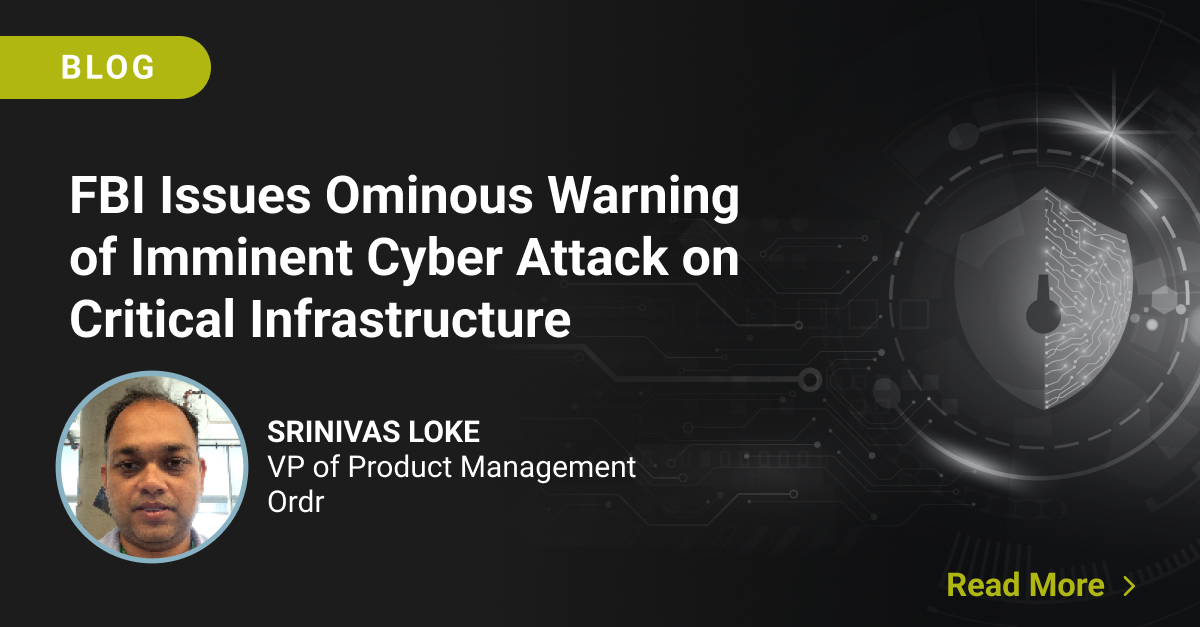The history of enterprise computing is one of increasing scale, complexity and heterogeneity. First there was client-server computing, ushering in the PC era where there was a computer for every employee and several switch ports in every cubicle. And then the mobile enterprise, with a new generation of employees using their laptops, tablets and smartphones all the time, everywhere.
With each leap forward, IT and business leaders have scrambled to catch up and to protect their most critical data, applications and resources. We’re still gasping from the effort it took to control BYOD. But as hard as that was, the challenge was fundamentally one of human scale. Most users had a small handful of devices. Some ran Windows, some IOS, some Linux. IT could assign most of those users to a relatively small number of roles (often as simple as “guests” vs. “employees”). Yes, certain classes of employees had different levels of access, but in truth IT rarely had to define more roles than there were departments on an org chart. Great vendors stepped forward with intelligent solutions to make role-based access work (mobility controllers, next-generation firewalls, NAC and identity management). A small number of insanely hard-working employees in IT and Security could keep up. Barely.
We are now experiencing the emergence of the hyper-connected enterprise, in which everything is connected. The HVAC system. Security cameras. Point of Sale devices. Digital signage. Sensors. Heart rate monitors and infusion pumps. Complex, multi-million dollar manufacturing systems. IoT devices of every kind. If these things aren’t working, productivity plummets, revenue drops and lives are impacted. And if business leaders don’t know where they are or how they are being used, they risk spending millions on unnecessary cap ex.
In every dimension, the challenge for IT and business leaders is several ordrs (sorry!) of magnitude greater than it was a few short years ago. Instead of 3-4 devices per employee, a Fortune 500 organization or healthcare system will have millions of connected devices, from hundreds of different manufacturers, many running a proprietary OS. Each class of devices is purpose-built — with specifically defined functions, unique behavior patterns and potential vulnerabilities. Where IT used to administer a small handful of user roles, these devices have no users and ‘roles’ do not apply. Instead of managing users, they need to regulate each individual device. And that means they need to define and enforce thousands of specific policies.
The resulting complexity is literally inhuman in scale. A seemingly simple task like completing an inventory of connected devices is neither simple nor feasible for human beings at such scale. It’s about as simple and feasible as counting the stars in the sky. Even if your staff could do it, the data they gathered would be out of date before their report was compiled. If humans can’t even count the devices, there’s no possible way they can monitor them, understand their myriad functions or apply appropriate security policies to them. And if the CFO asks them for a report on usage of these systems and devices as she’s preparing next year’s capital budget? Good luck.
The only way to address this inhuman complexity is by mapping the ‘device flow genome’ through the application of advanced machine learning at a truly massive scale, continuously processing enormous amounts of data to identify everything that is connected and baseline their behavior patterns. Once you can do that, you can identify unusual or dangerous patterns and using actionable AI to automatically create policies that prevent incidents from occurring. That’s what we mean by true ‘closed-loop security.’ And then, because of all the data you’d be processing, you could deliver incredibly valuable insights to business stakeholders about how those devices and systems are being used and how they are performing. That can save organizations millions and extend the life of their assets.
That may sound far-fetched, costly and difficult to implement, but it’s not. In fact, most organizations already have the necessary infrastructure and tools in place: routers and switches, wireless controllers, next-generation firewalls, NAC, and the intelligent vendor-provided systems that operate them . The problem is that even the largest organizations don’t have enough people to interact with each of those intelligent solutions to harness their power at the scale necessary. What’s been missing is a systems control engine capable of processing the massive amounts of data being generated by all of the systems and devices in the hyper-connected enterprise – and translating that information into actionable policies that your smart infrastructure can enforce.
That’s why Ordr exists and that’s what the Ordr Systems Control Engine does. At a massive scale, for the largest enterprises in the world. It’s complex. But we’re a team of networking and security veterans, and we’ve been working for years to build a solution capable of handling that complexity while making your life simple.
The hyper-connected enterprise is here. Take control.
Interested in Learning More?
Subscribe today to stay informed and get regular updates from Ordr Cloud




